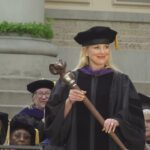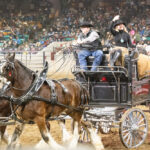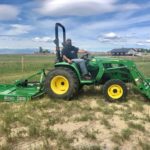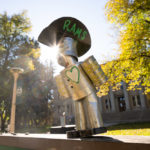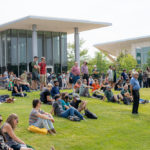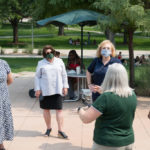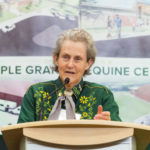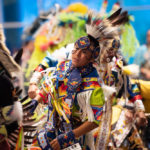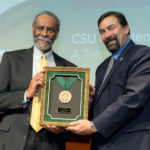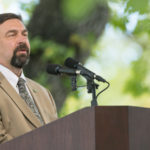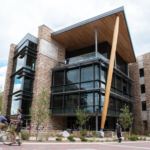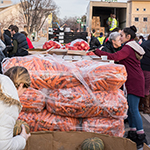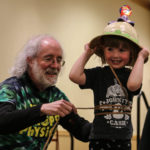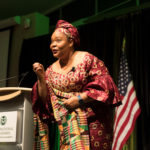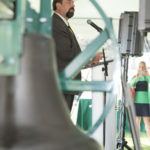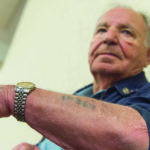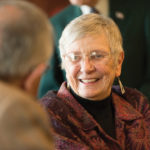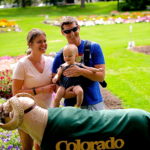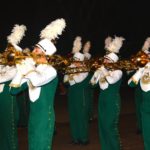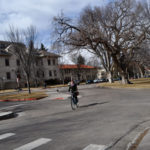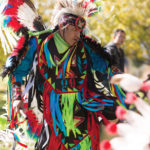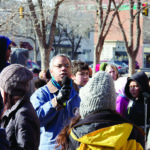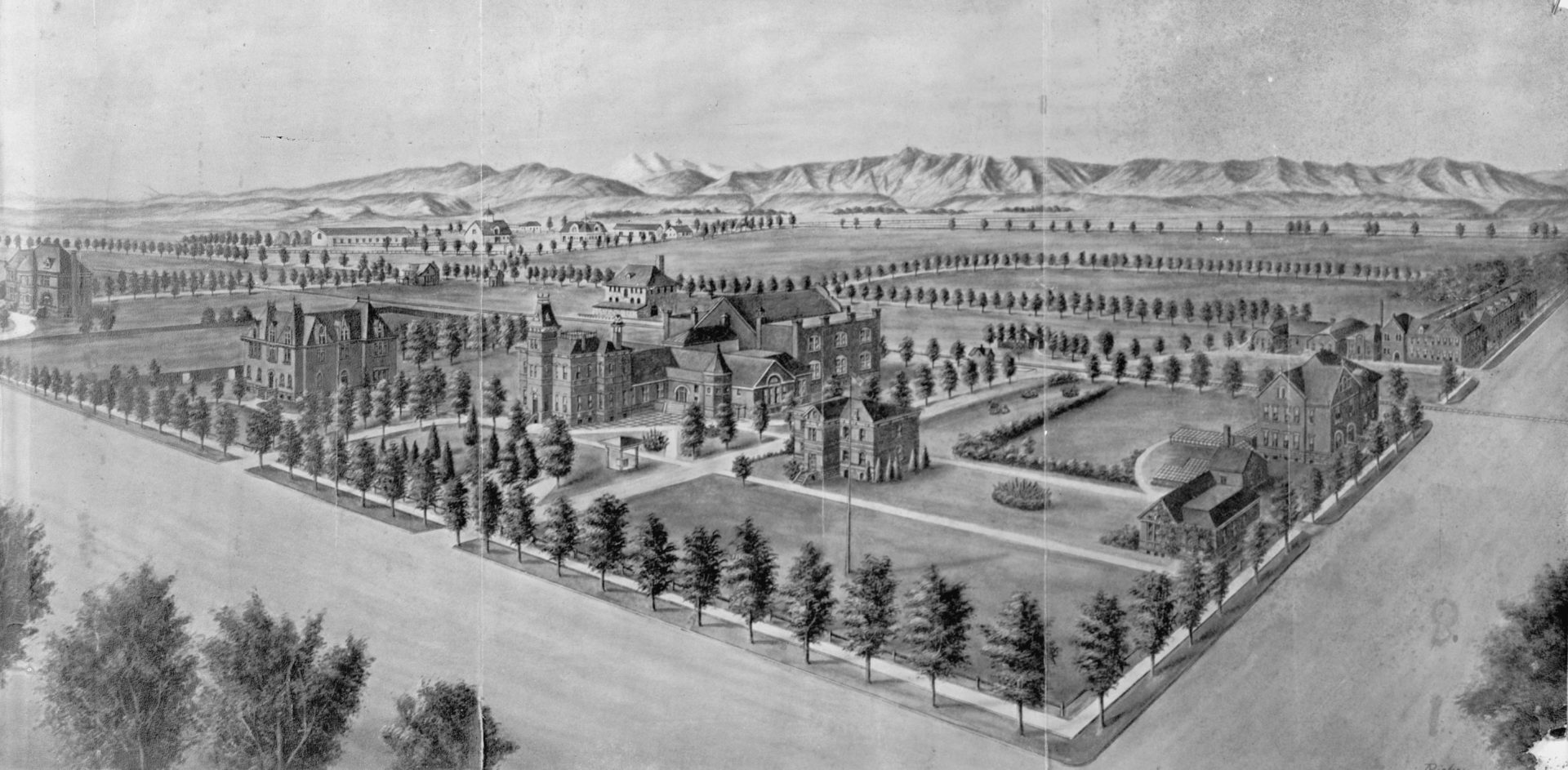
The Colorado Agricultural College campus as seen from College and Laurel in 1895. Image courtesy of University Archives and Special Collections
It all started with Abraham Lincoln. Sort of.
Yes, the nation’s 16th president signed the Morrill Act of 1862 that created the framework for the founding of one college in every state dedicated to the agricultural and mechanical arts, open to all who wanted an education and supported by the federal government in perpetuity.
But deep in the throes of the Civil War, who thought that was a good idea? Not everyone, at first. It was actually a movement two decades in the making, based on the model that created Michigan State College in 1855. Justin Smith Morrill, U.S. congressman from Vermont, and a founder of the Republican Party, was enlisted to carry the bill forward at the federal level. It was originally vetoed by President James Buchanan, but then amended to include military education along with agriculture and engineering and became law.
Populous Eastern states from Vermont to Ohio rapidly sold their 30,000 acres of land allotted per member of Congress to finance public higher education institutions. But Colorado wouldn’t be a state for another 14 years.
So why are we celebrating the founding of Colorado State before there was a state of Colorado? Colorado Territorial Gov. Edwin McCook signed the act authorizing the State Agricultural College in Fort Collins on Feb. 11, 1870. Think of Denver boosters fundraising to build Coors Field before the city was actually awarded a baseball team.
Land acknowledgment
While Fort Collins landowners were happy to donate the land the University occupies today, and erected the famous Claim Shanty to prove they were serious about their pursuit of higher education, finding those 30,000 acres to sell at a profit took a lot longer. For one thing, most of what is now Colorado wasn’t for sale; it was the ancestral home of various Native American peoples.
What happened next remains part of the shameful legacy of land theft, forced resettlement, and broken treaties that were part and parcel of the bloody westward expansion of the United States. CSU now acknowledges its role in the usurpation of territory from its rightful inhabitants with the Land Acknowledgment that opens every University event.
The first students were admitted to the Colorado Agricultural College in 1879; the graduating class of 1884 included three students, including George Glover, who went on to lead the college’s veterinary program; Leonidas Loomis, who became a prosperous cattle rancher; and Elizabeth “Libbie” Coy, the first female college graduate in Colorado who also taught at the college.
And the rest, as they say, is history.
CSU’s Sesquicentennial

This story is part of an ongoing series celebrating Colorado State University’s 150th anniversary. For more stories, an interactive photo slider and a quiz on CSU lore, visit csu150.colostate.edu.
